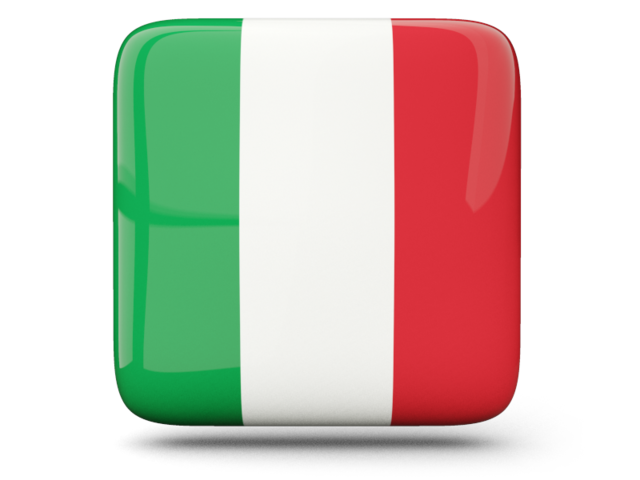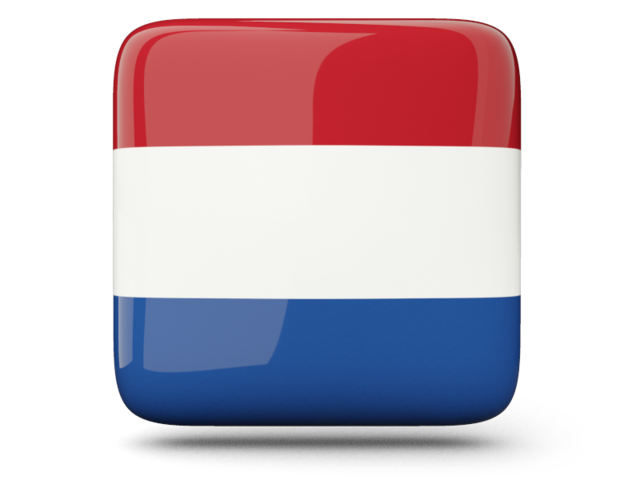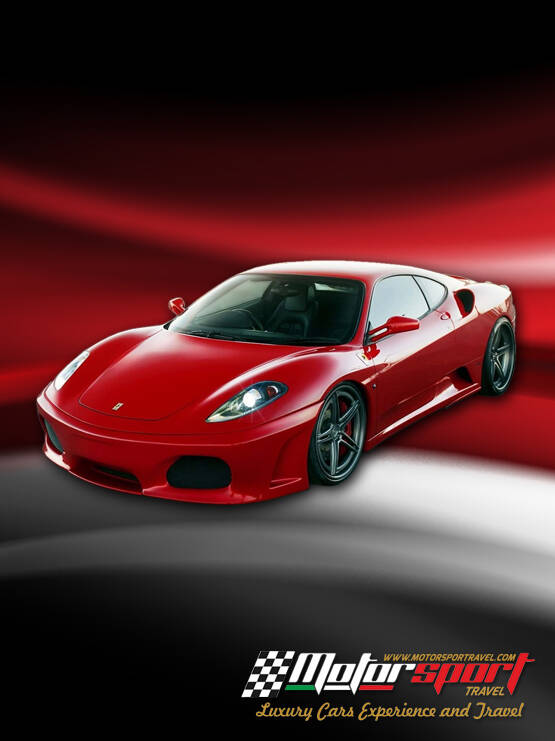

Ferrari – from the name of its founder, Enzo Ferrari.
Ferrari is an Italian luxury sports car manufacturer based in Maranello. Founded by Enzo Ferrari in 1939 out of Alfa Romeo's race division as Auto Avio Costruzioni, the company built its first car in 1940. However, the company's inception as an auto manufacturer is usually recognized in 1947, when the first Ferrari-badged car was completed.


Headquarters: Auto Avio Costruzioni, Modena, Italy, 1939-1945

Headquarters: Maranello, Italy, 1945-1988

Parent: Fiat, Lingotto, Turin, Italy, 1988-2016

Parent: Exor N.V., Amsterdam, Netherlands, 2016-now

f355

The Ferrari F355 (Type F129) is a sports car manufactured by Italian car manufacturer Ferrari produced from May 1994 until 1999. The car is a heavily revised Ferrari 348 with notable exterior and performance changes. The F355 was succeeded by the all-new Ferrari 360 in 1999.
Design emphasis for the F355 was placed on significantly improved performance, as well as drivability across a wider range of speeds and in different environments (such as low-speed city traffic).









1929-1931
1931-1939
1939-now
1947-2002
2002-now

















































Create Your Own Website With JouwWeb